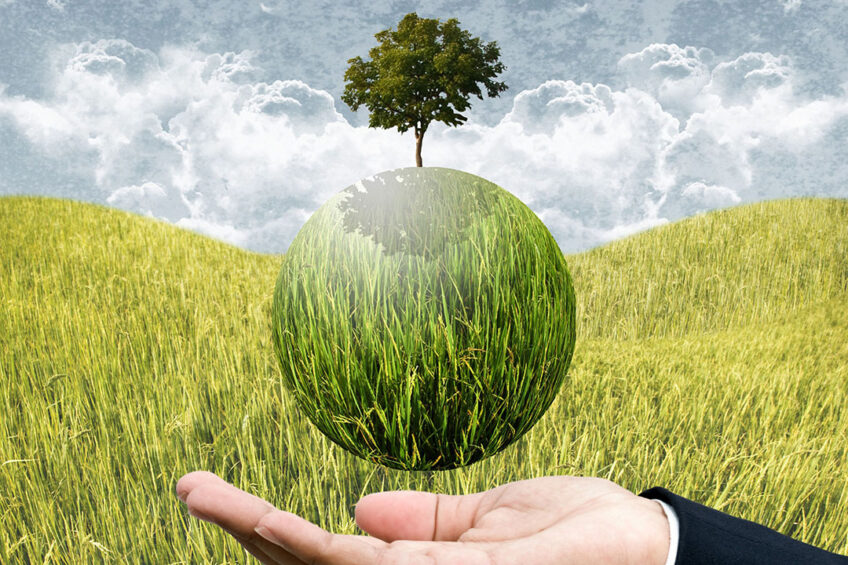Ways to reduce the climate footprint of animal production

Farmers need to recognise the climate footprint of animal production to avoid becoming the largest producer of greenhouse gases.
Currently, livestock farming accounts for 14.5% of all human derived greenhouse gas (GHG) emissions, with 44% of the total from enteric fermentation, 41% from feed, 10% from manure management and 5% due to energy consumption.
Action needs to be taken now
But if action isn’t taken, total emission projections from the animal production will grow to 27% of all human derived greenhouse gases by 2030 and 81% by 2050. Such a scenario would prompt society to order a shutdown of livestock production, warned Carlos Saviani, DSM global sustainability lead.
Egg sector not far from carbon net zero
Speaking at the British Free Range Producers Association (Bfrepa) annual meeting in Birmingham last week, Saviani said that while the egg sector, which represents just 0.6% of total GHG emissions was not far from carbon net zero, changes were being demanded and driven by retailers, consumers, investors and regulators. This was due to food representing between 10-30% of household carbon footprints across the globe.
Retail environmental labels
Many ecolabels were appearing, such as Lidl’s Eco-Score, which is being piloted in the UK. It is a 5-level product label, which shows information about the sustainability of products. The label classifies the environmental impact of the product, from a dark green “A” for the lowest environmental impact to a red “E” for the highest. Various criteria such as ingredients, packaging, sourcing, land use requirements are taken into account.
Self-promoting of sustainability work
Saviani told delegates that egg companies could do more to promote their sustainability work. He spoke of US egg giant Cal-Maine Foods, which had been marked down by investors for failing to be transparent and report its sustainability work.
Banks, such as Rabobank, were increasingly likely to provide green or low-interest rate loans to companies that were showing they were cutting their carbon footprint.
Defra Agri-Climate report
In the UK, the Defra Agri-Climate report, which was published last year, showed there was still a clump of around a 70 of producers that thought their farm didn’t produce any greenhouse gas emissions. However, 67% thought it important to consider GHGs when making farm business decisions. The main motivations for undertaking actions were in descending order were:
Consider it good practice
Concern for the environment
Improve profitability
Regulation
Meet market demands
Study found feed high source of emissions
A recent carbon footprint study by consultants ADAS for Bfrepa into 2 free-range egg farms found that purchased feed represented 87.1% and 88.9% of emission sources, while a wider survey published earlier this year by the Centre for Innovation Excellence in Livestock (CIEL) also found feed to be at least four fifths of total emissions.
Sustainable soy
David Hildreth, UK poultry director For Farmers, said the company was always looking to improve its sustainability: “We have taken another important step on our sustainability journey. We had already committed to use 100% responsibly sourced soya in all markets by 2025 but we’ve taken a step further to help reduce the carbon footprint associated with using soya sources from South America.
“This follows extensive work with partners in the Netherlands to develop an innovative approach by purchasing Area Mass Balance soya certificates from Brazilian farmers who could prove, via satellite imagery, that the land they farmed for soya had not been cleared for at least 20 years,” he told delegates.
For Farmers wants 50% of energy used to come from renewable sources by 2025 and in the Netherlands is already making progress through the use of thousands of solar panels and the biomass plant at the Lochem production site. Its factory in Deventer will run partly on biogas from its own dairy farmers to reduce natural gas consumption.
Saviani also highlighted the role of carbon credits, saying they were an important tool for the sector which could never be 100% net zero but that they should be used as a last resort.











